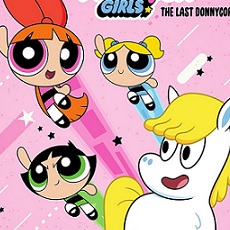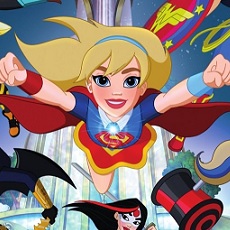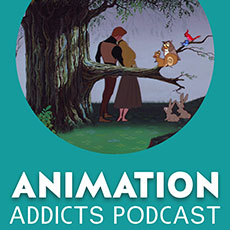Warner Bros. Animation (2016), Warner Bros. Home Entertainment (February 14th, 2017), 1 DVD, 132 minutes, no supplements, 16:9 1.78:1 ratio, English 5.1 Dolby Audio, rated TV-Y7, Retail: $9.96
Storyboard:
Commander Blossom, fierce Buttercup and adorable-but-not-terribly-bright Bubbles are back to fight old enemies like Mojo Jojo and new foes like Manboy, all while dealing with elementary school, getting hungover on a candy binge, and a horse who dreams of becoming a unicorn.

The Sweatbox Review:
Long before My Little Pony: Friendshp is Magic, there was another cartoon series supposedly made for little girls that spawned a surprisingly large adult fandom. Premiering in 1998, The Powerpuff Girls was one of several animated shows Cartoon Network debuted in the late 1990’s in an effort to feature more original programming on their channel, and was far and away their most popular children’s show at the time. One of the reasons for its extreme success was that it broke all the rules of so-called “girls television” that had for better or for worse become the norm. Sure, its three wide-eyed heroines were as adorable as one would expect for the genre, but The Powerpuff Girls also had a razor-sharp sense of humor, countless homages to B-movies and Hollywood serials, and hilariously strange villains.
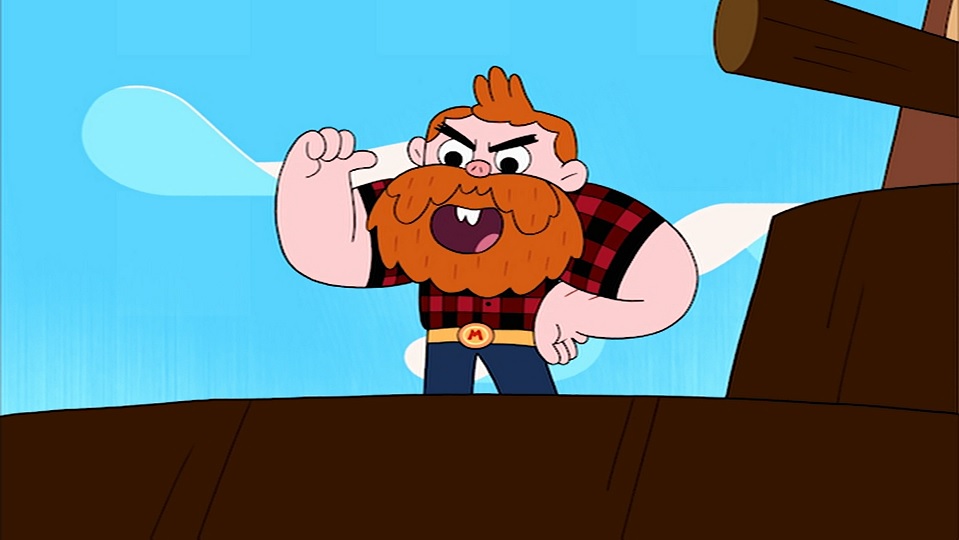
Unfortunately, the show’s popularity among its fans didn’t translate to the big screen. In 2002, Warner Bros. took a gamble and released The Powerpuff Girls Movie to theaters over a crowded 4th of July weekend that included blockbusters like Men in Black II and leggy hits such as Lilo and Stitch, and the film was a box office disaster, barely limping to a total gross of $11 million. While this wasn’t a fatal blow to the series, it was a sign to Cartoon Network that they’d better start pursuing the creation of “another Powerpuff Girls,” with the result being 2004’s Atomic Betty. Sort of a mix of Kim Possible and Star Trek, the series was fast-paced and fun, but extremely short-lived in the United States, and the majority of its episodes have yet to be released legally in North America (a Canadian creation, Betty did enjoy success in its native country). With that series gone and Powerpuff Girls also on its way out (even with a brief Anime spin-off that followed its cancellation), Cartoon Network had a void that remained unfilled for nearly a decade…until they decided to bring The Powerpuff Girls back. Kind of.
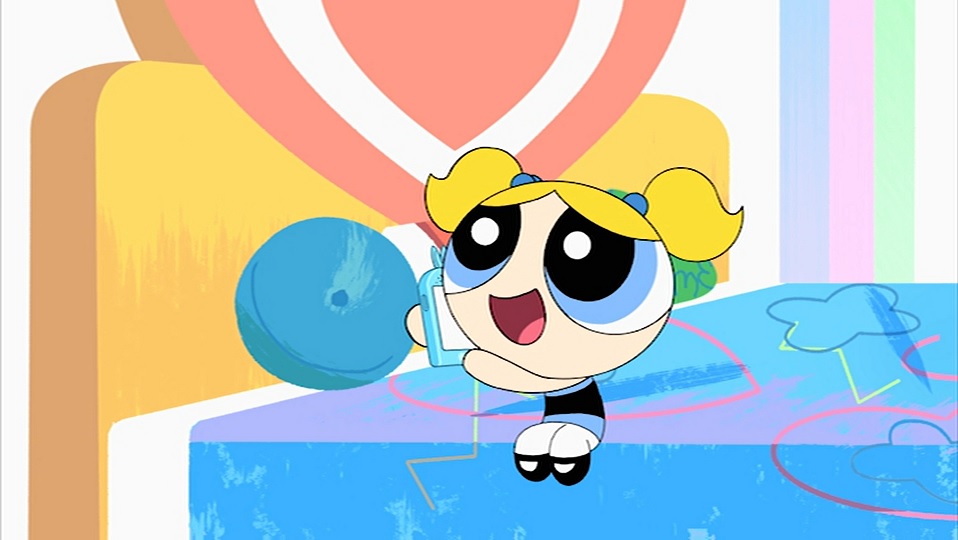
Here’s where things get a bit confusing. While officially announced as a “reboot,” the new Powerpuff Girls more or less plays out like a continuation of the original series. The origin story of the girls is never explained or addressed (at least not in this batch of a dozen episodes), nor is their relationship to Professor Utonium (who, as anyone who’s seen the older show knows, accidentally created the trio of superheroines from “sugar, spice, everything nice and Chemical X”). None of the villains from the first series are given any form of an introduction, either, which might make some of these adventures potentially baffling for newcomers. So why even call this series a full “reboot”? Perhaps one reason is apparently strong controversy from certain circles involving it even being made in the first place. The show was produced without the consent or involvement of Powerpuff Girls creator Craig McCracken, and his wife Lauren Faust–who was heavily active in the original series before going on to reinvent My Little Pony for Hasbro–is also not on the team here. Things really got ugly with the press, though, when it was announced that Blossom, Buttercup and Bubbles would all have new voices, causing veteran voice actress Tara Strong and others to express their heartbreak on social media. This meant that the new Powerpuff Girls was hated by many before even a single episode aired, which may explain why Cartoon Network chose to label it as a “reboot” instead of as a relaunch of the beloved first series.
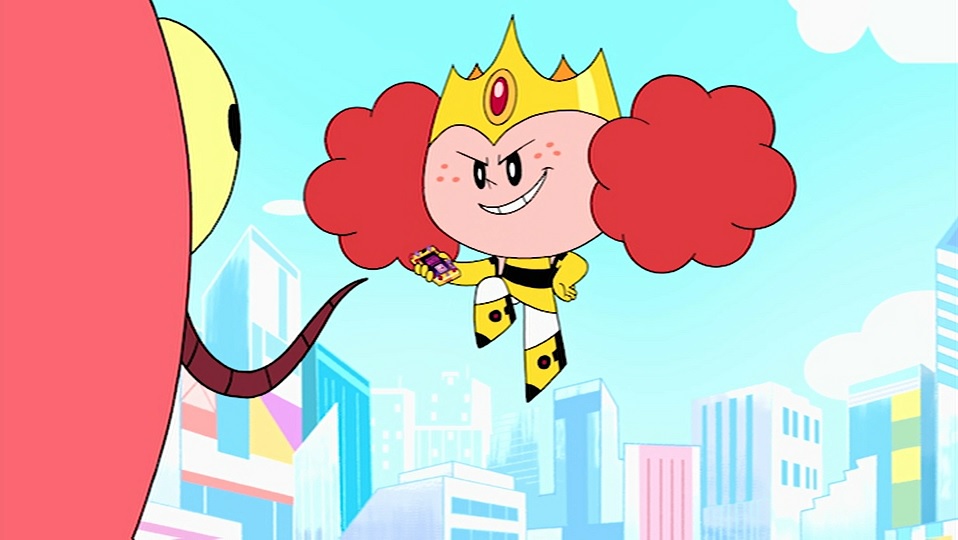
This does, however, make the so-called “reboot” something of an odd beast. As it is, it simply doesn’t feel “complete” enough to stand on its own two feet without having the original show around to use as some form of a narrative crutch. The character designs are almost identical to the last show, with the most notable difference being much more “fluid” animation this time around, particularly during the fight scenes (the first series was made at a time when Cartoon Network was producing most of their shows on very tight budgets). As such, the new Powerpuff Girls struggles to breathe on its own, perhaps a little too dependent on the 90’s version in order to really find its own voice.
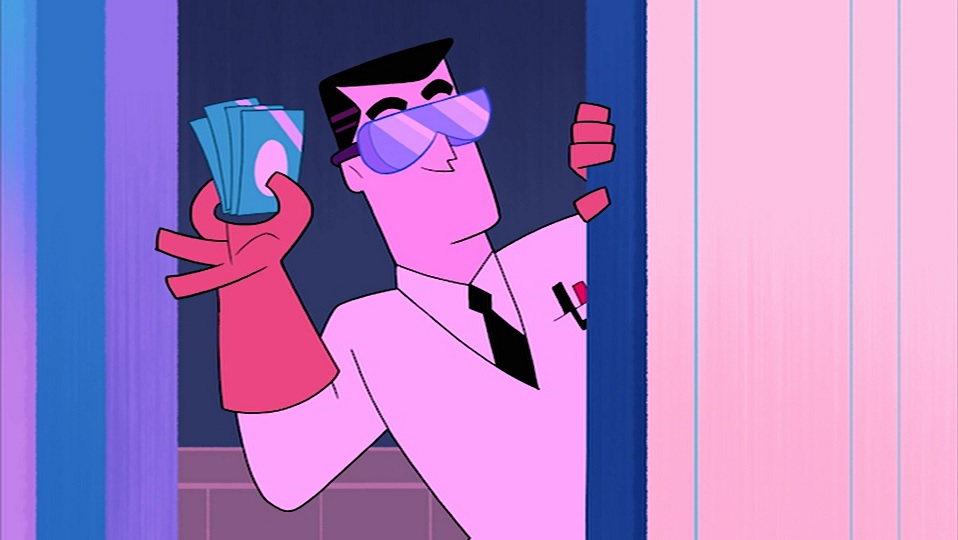
But with all of that being said, does the new series still work? The short answer would be yes, at least for the most part. For its target audience, The Powerpuff Girls should remain a blast of Saturday morning adrenaline. For adults, there’s the nostalgia factor going for it, even though longtime fans may find some of the changes a bit jarring, and not just because of the new voice cast (the narrator from the original, for instance, is barely present here). But there’s still a lot to enjoy here, and these characters are so charming that they remain entertaining regardless of which series they are in.

The biggest strength of the new show is that it’s very funny. Of the twelve episodes included on this disc, every one provides at least one really big laugh, and the zippy, rapid-fire jokes help make up for any confusion the show might have in other regards. It may or may not be somewhat telling that the two best adventures on this set–one of which is an extended parody of The Hangover, the other being one in which Bubbles (who’s always been my favorite character) gets more and more brutally mutated through one mishap after another until she decides to become a supervillain–don’t involve crime-fighting but instead focus almost entirely on gags. Old faces like Mojo Jojo are still as hilarious as ever, and new bad guy Manboy is an absolute hoot, an uproariously bizarre character who’s obsessed with his masculinity (as well as the quality of his front lawn).
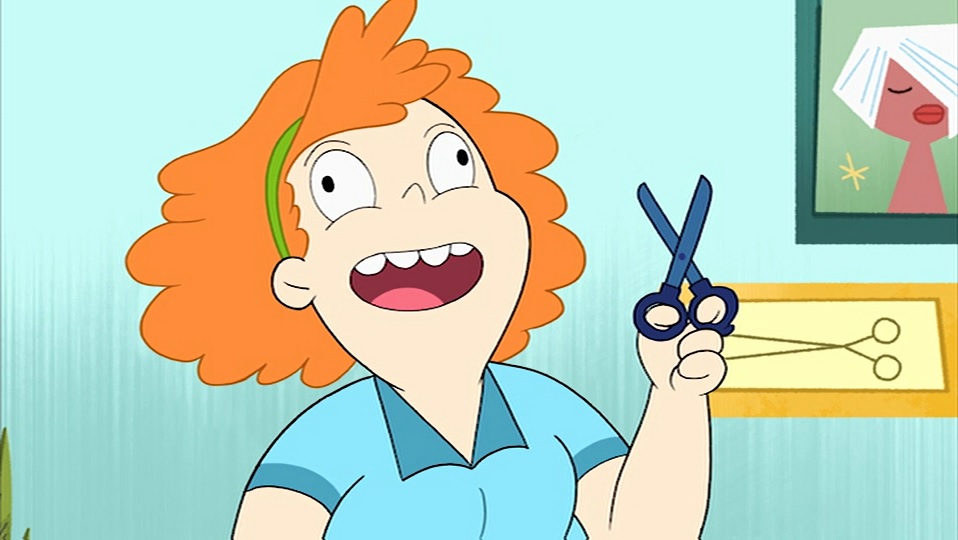
Other episodes–particularly those which require the viewer to have seen the original series in order to fully “get them”–aren’t quite as successful, with some being restricted by the 11-minute running time when they let themselves become too heavy on plot. Others–such as one in which Bubbles befriends a horse who wants to become a unicorn–come close to tripping over themselves for other reasons, but even those are kept afloat by a zippy, energetic nature and plenty of humor. I do wish that this series felt more “whole” on some level than it ultimately does, but it is full of laughs even as it comes up short in some other areas, and skeptics might be surprised by how much fun they have watching it if they’re willing to give it a try.
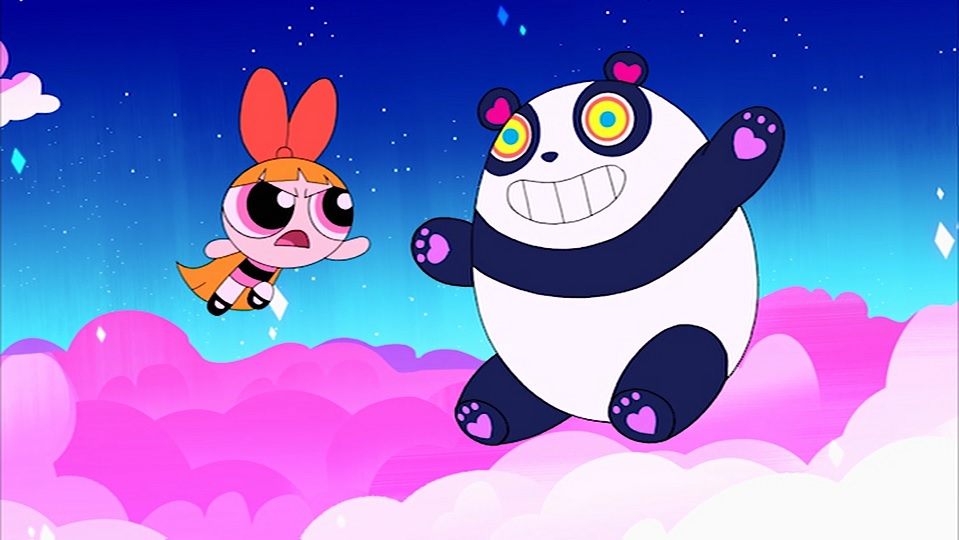
This disc kicks off with the pilot episode, Man Up, which introduces the aforementioned Manboy who plots to destroy a carnival full of hippies. It’s amusing stuff, even if the feminism (Buttercup gets upset when Manboy makes the mistake of calling her “princess”) might be a bit too self-aware in this one. Next up, there’s Escape From Monster Island, in which the girls must rescue the town’s bumbling pickle-loving Mayor (thankfully still voiced by Tom Kenny) when he crash lands on an island full of creatures. This does have some pretty good gags regarding boy bands, although I’m not sure how popular they really are with little girls these days (to say nothing of the fact that Gravity Falls already devoted an entire episode to the subject). Princess Buttercup, meanwhile, reintroduces old enemy Princess Mobucks, who the girls inexplicably trust when she wishes to join their team (the highlight of this episode is easily a series of terrific jokes involving a “monster for hire” destroying the city towards the end).

Moving on, we have the two best episodes on the set, the previously addressed The Stayover and Bubbles of the Opera. In the first, Blossom and Buttercup search for Bubbles when they can’t find her after a hard night of partying (if you’ve seen The Hangover, you’ll be able to guess the ending), while the second finds Bubbles becoming The Phantom of the Opera after school picture day takes a disastrous turn for her. Both of these episodes benefit greatly from running gags (whether it’s a bus full of orphans who are constantly going through disappointment or an idiotic photographer who keeps crossing paths with Bubbles in order to give her more misery), and provide plenty of chuckles from start to finish. Painbow, meanwhile, is a Buttercup-centric adventure, as she tries to save the city when a mysterious force makes everyone suddenly abandon all their responsibilities. The climax of this one–which involves some sort of demonic panda creature–is potentially the stuff of nightmares!
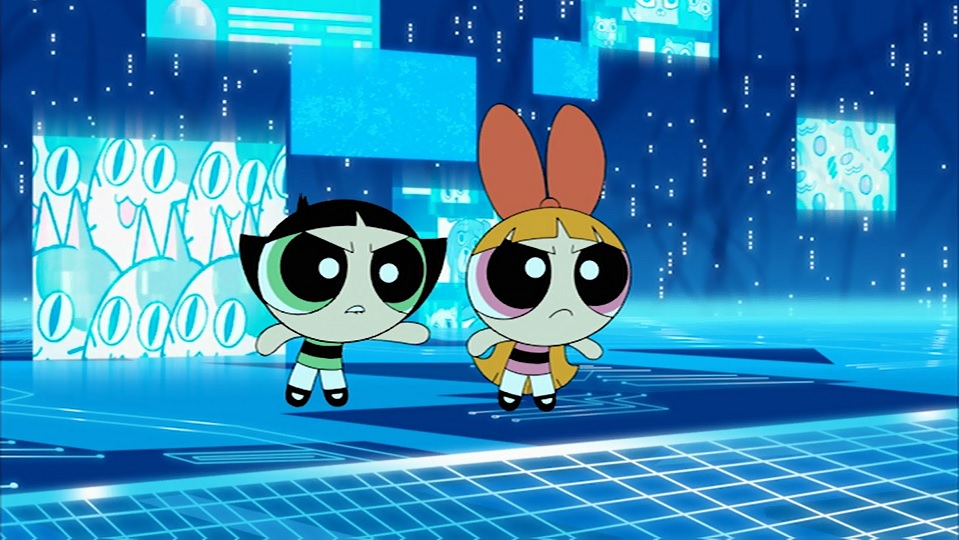
Next up, we have Tiara Trouble. This episode is one where you’ll really have to have seen the original show in order to fully appreciate it, as it’s dominated by villains from that series. Viral Spiral is another one which struggles a bit, as the plot–which features the girls venturing into the internet–feels a tad rushed and overstuffed. Horn, Sweet Horn!, meanwhile, is probably the most uneven episode on the disc, with a message that feels a bit confused (though accusations that it is somehow displays inadvertent Trans-phobia are a bit extreme), but it still has some solidly trippy jokes (along with a great moment in which Professor Utonium is aghast that anyone could possibly hate science).
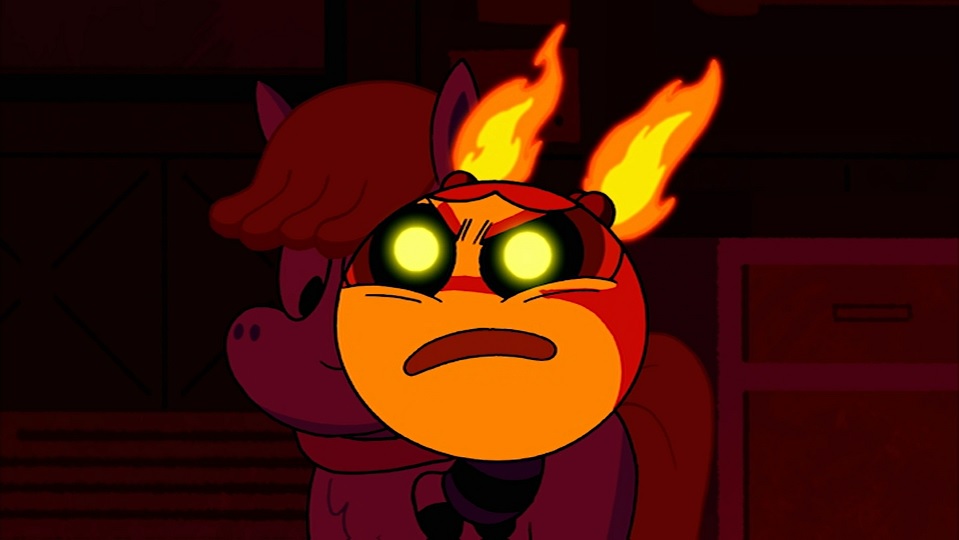
Wrapping things up, we have Strong Armed, which finds Bubbles breaking her arm and being given a cyborg cast which causes her to go mad with power. Then there’s Little Octi Lost, a very funny one in which Buttercup steals Bubbles’s octopus plush doll. Finally, Man Up 2: Still Manning concludes the set with the return of Manboy. This is another of the best episodes on the disc, filled with plenty of good/bad puns, making it a nice way to end the collection.

Is This Thing Loaded?
The Powerpuff Girls: Tiara Trouble comes with no special features. Trailers for Adventure Time! and We Bare Bears open up the disc, with neither preview being accessible from the main menu.
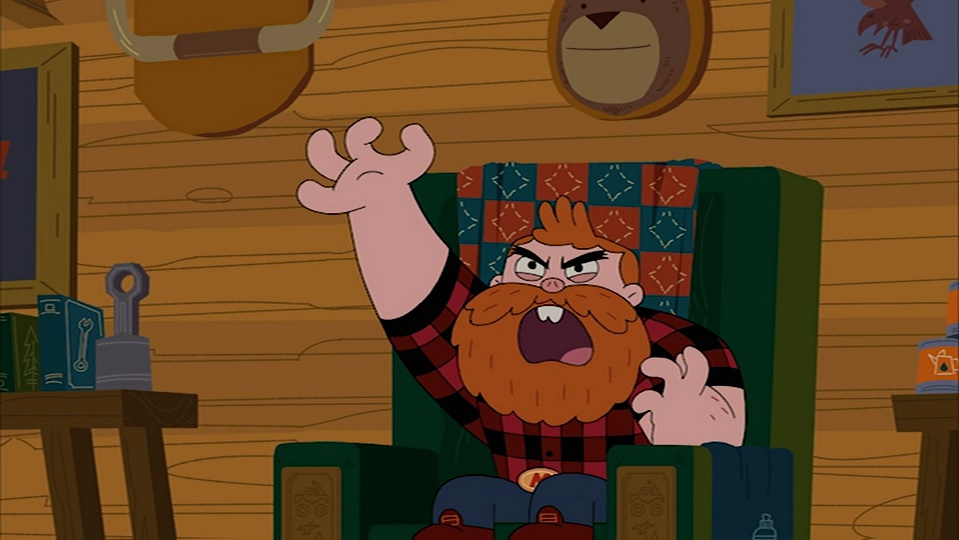
Case Study:
The Powerpuff Girls: Tiara Trouble arrives in a perfectly serviceable plastic case with no slipcover. Inside a free sticker sheet can be found, along with an ad for the show’s mobile game.

Ink And Paint:
The Powerpuff Girls is a very brightly colored show, making the cartoon almost seem to pop off the screen at times. It’s also brand new, which naturally means it looks great on disc. It’s hard to imagine a Blu-ray looking much better, as this is an extremely sharp and satisfying transfer.
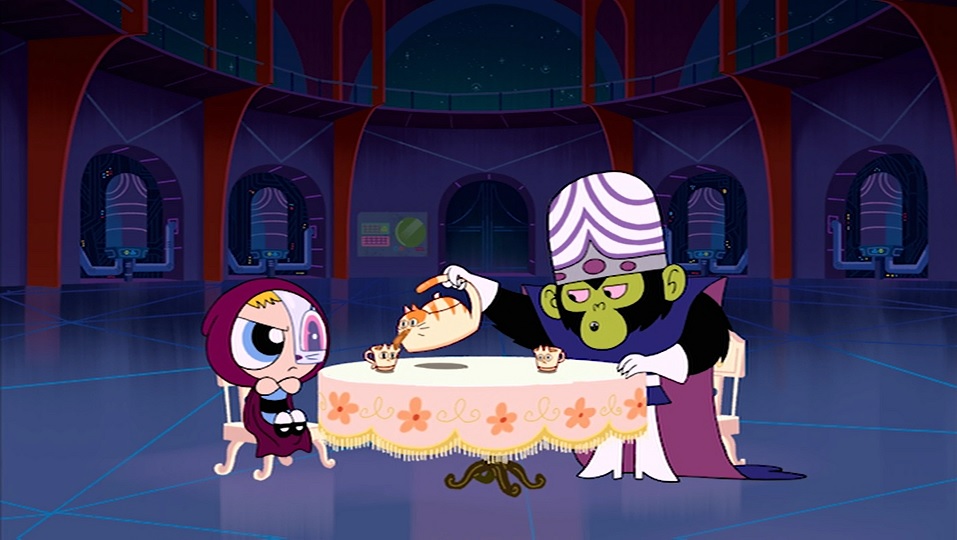
Scratch Tracks:
Once again, The Powerpuff Girls is a brand new show, so naturally it sounds fine here, providing a strong if not remarkable audio track. No alternate language tracks are included.
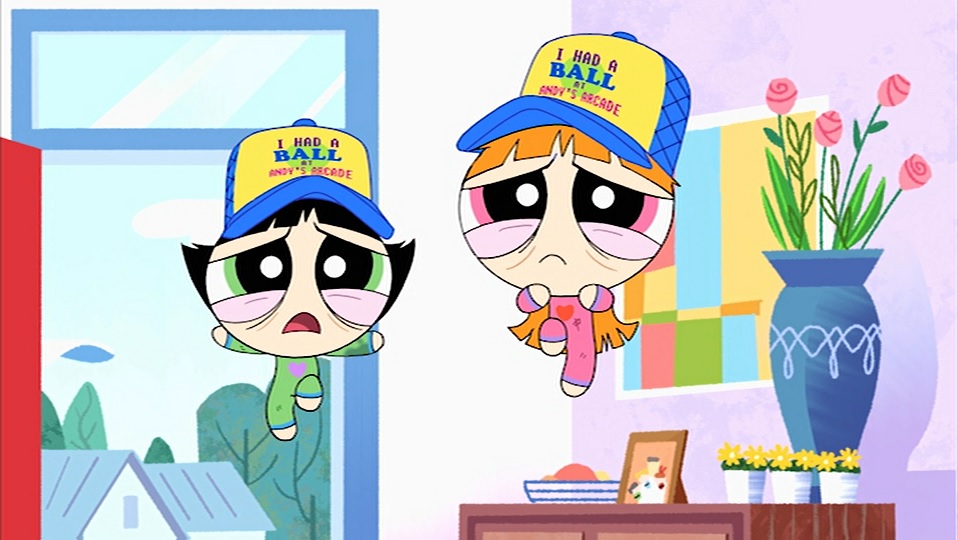
Final Cut:
I love me some Powerpuff Girls, and while this series may not quite capture the absurd magic of the original, there’s still enough to like here to give it a recommendation. Kids will love it, and there’s enough comedy to please even the more reluctant of adult viewers. It would be nice if this set included a few more episodes (running at just over two hours, you can easily watch them all in one evening), and a few bonus features also would’ve been appreciated. Still, it’s nice that children today have their own Powerpuff Girls to enjoy, and though far from perfect, it’s welcome to see Blossom, Buttercup and Bubbles make a much-deserved comeback.
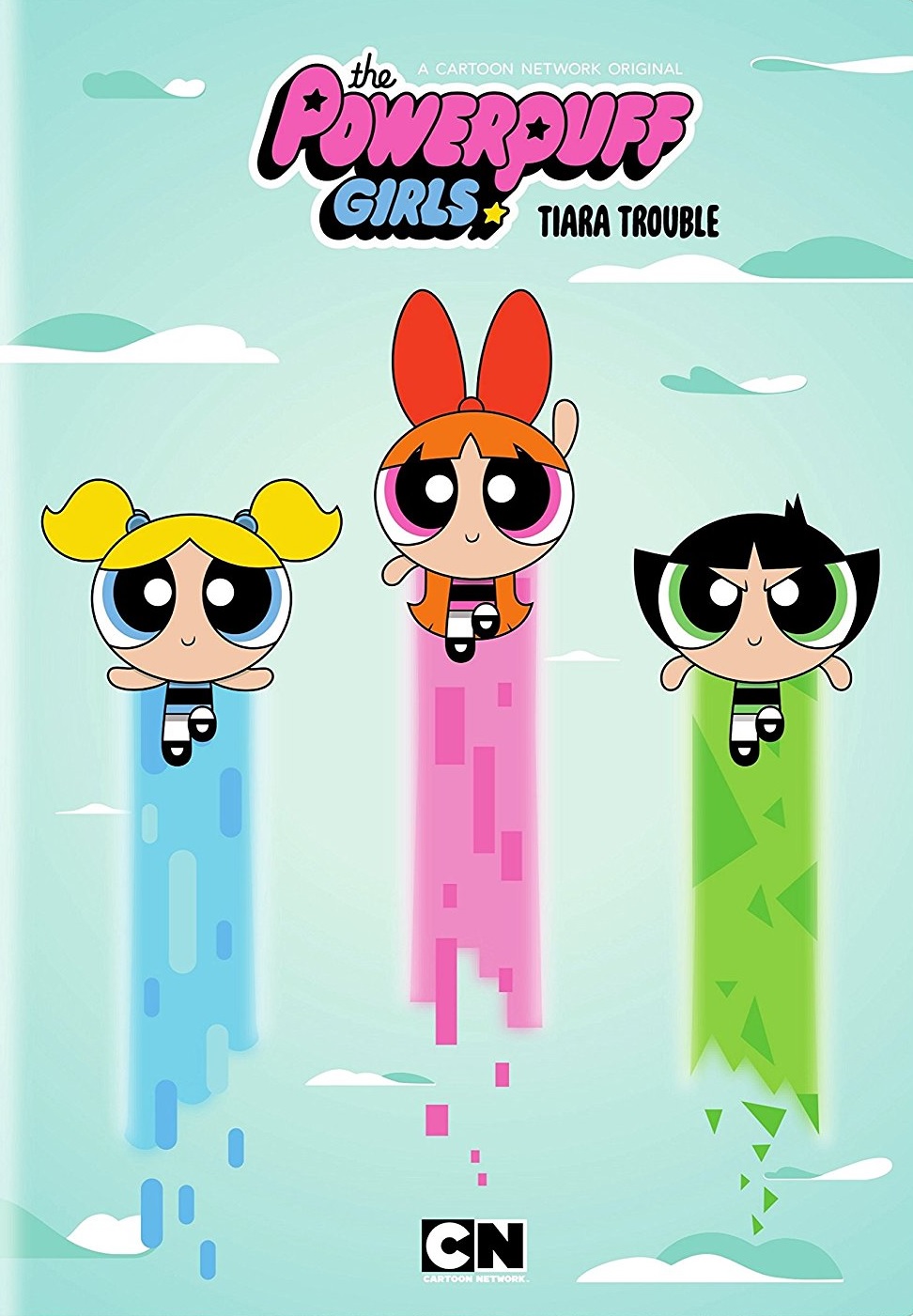 |  |







